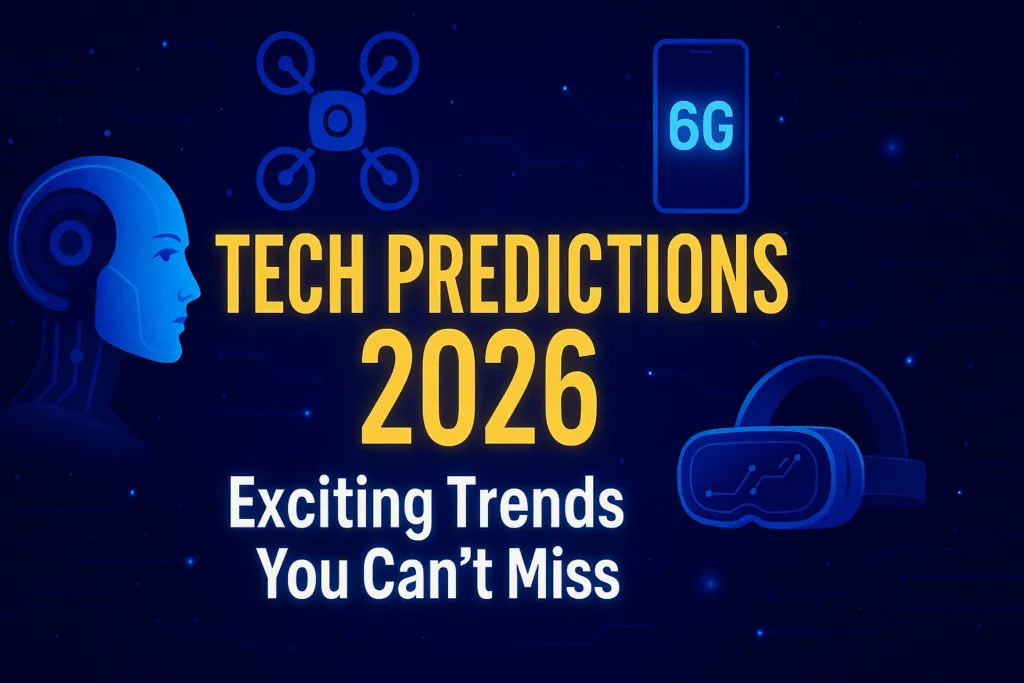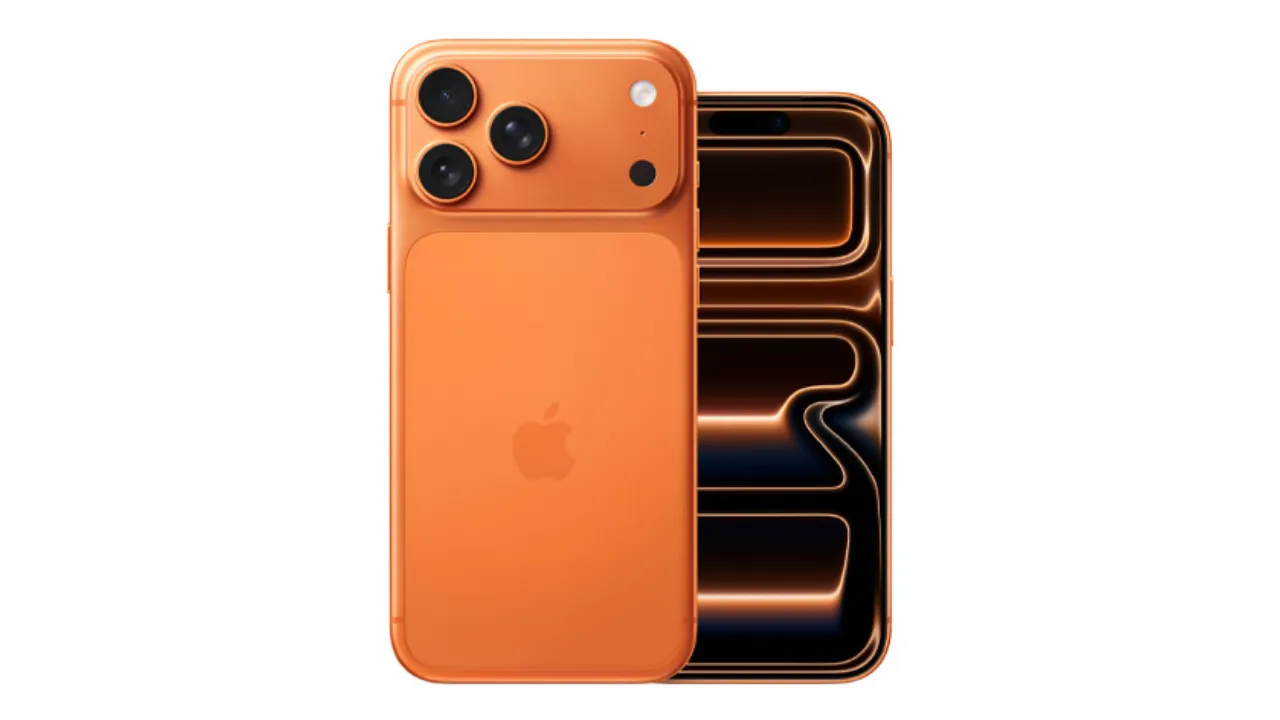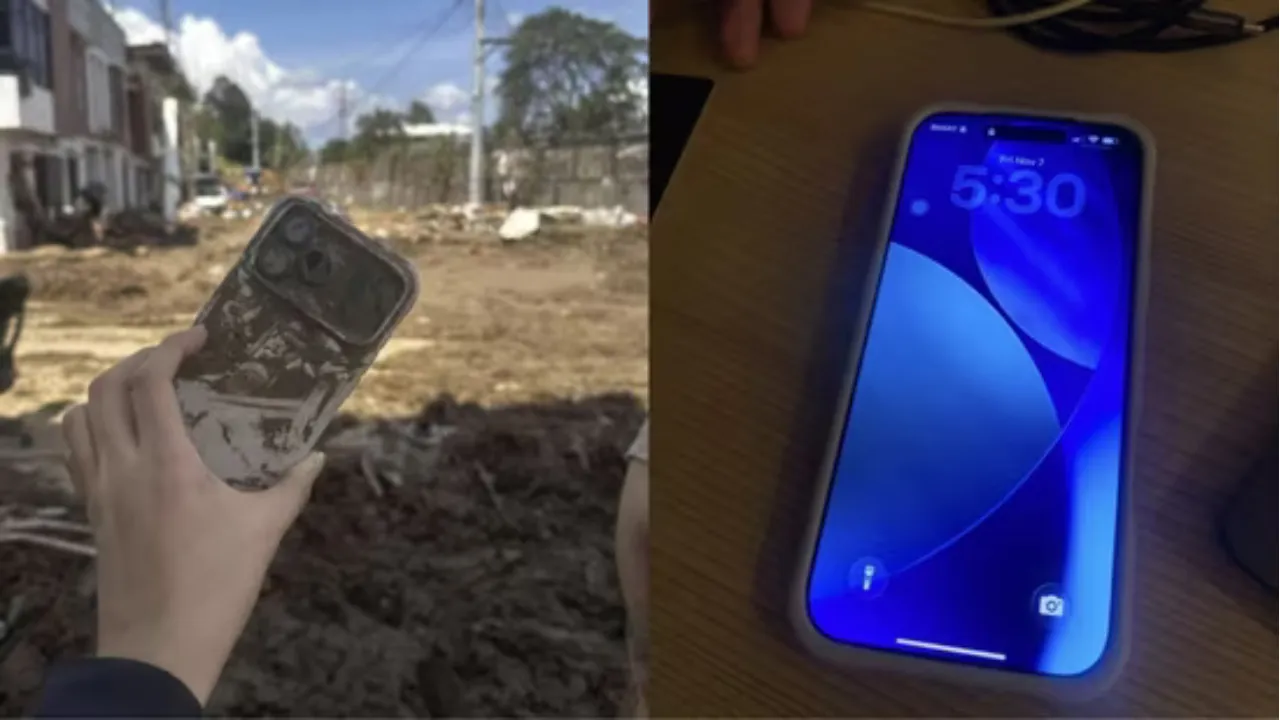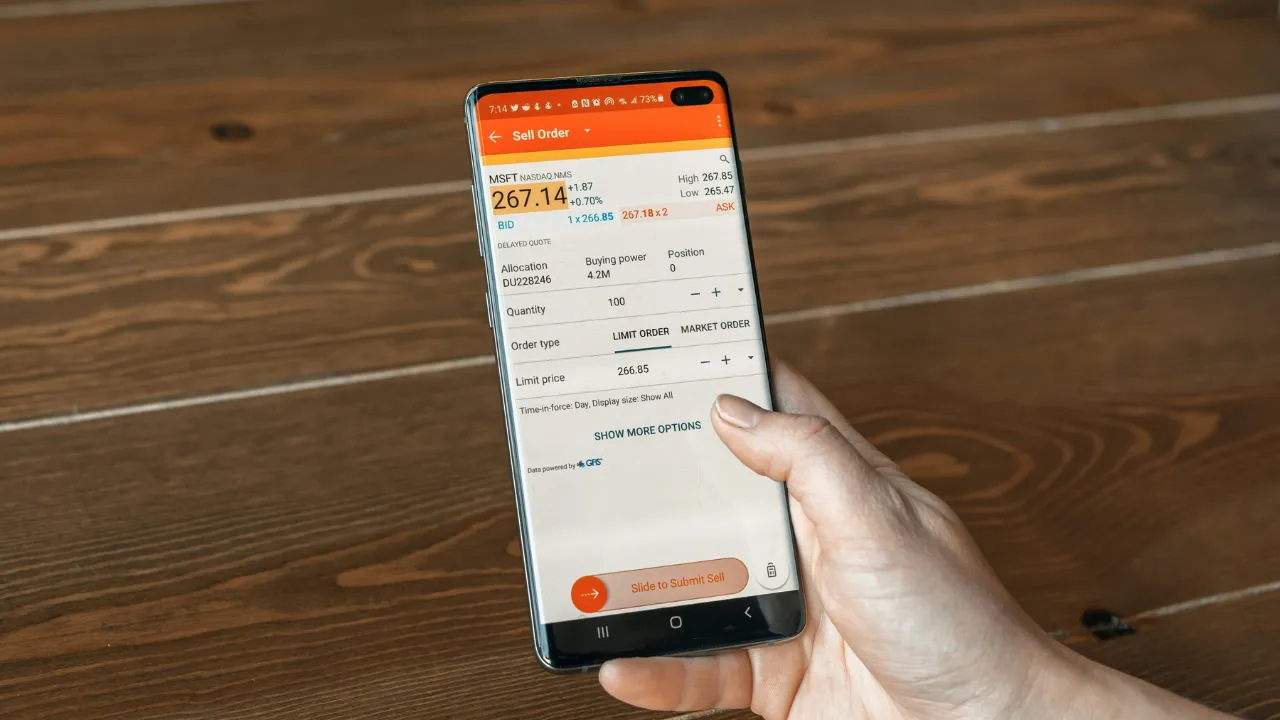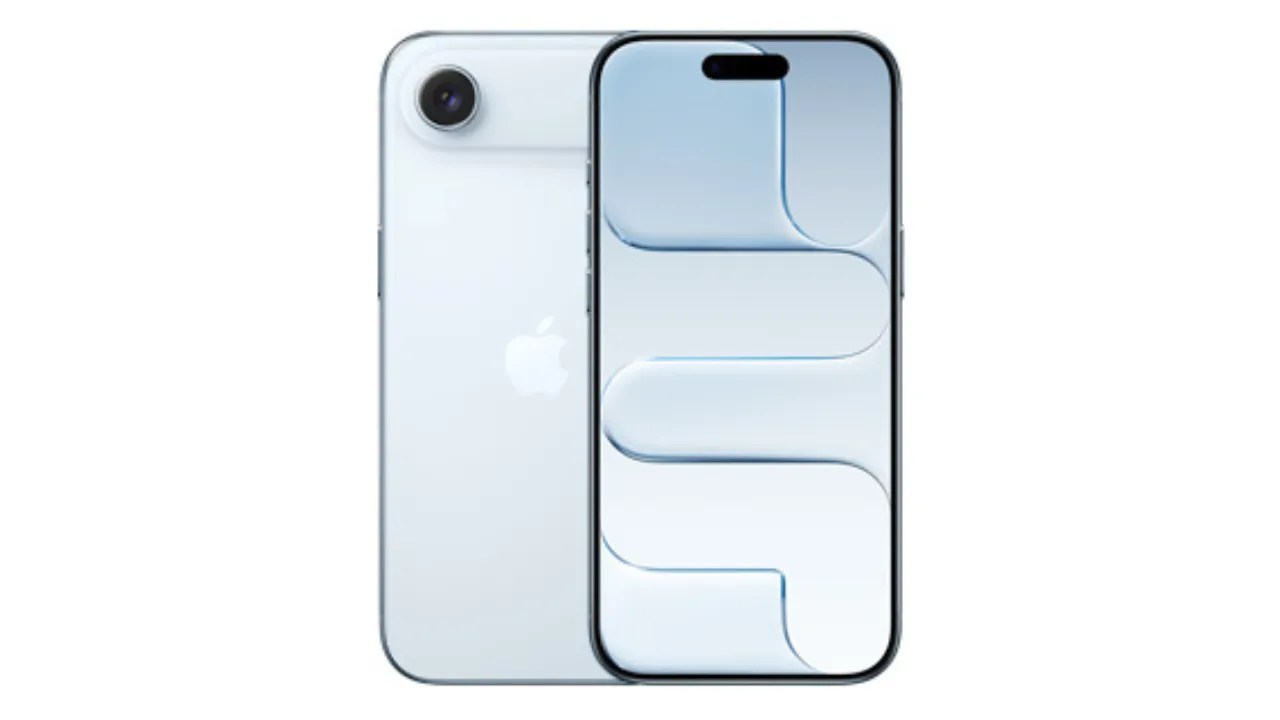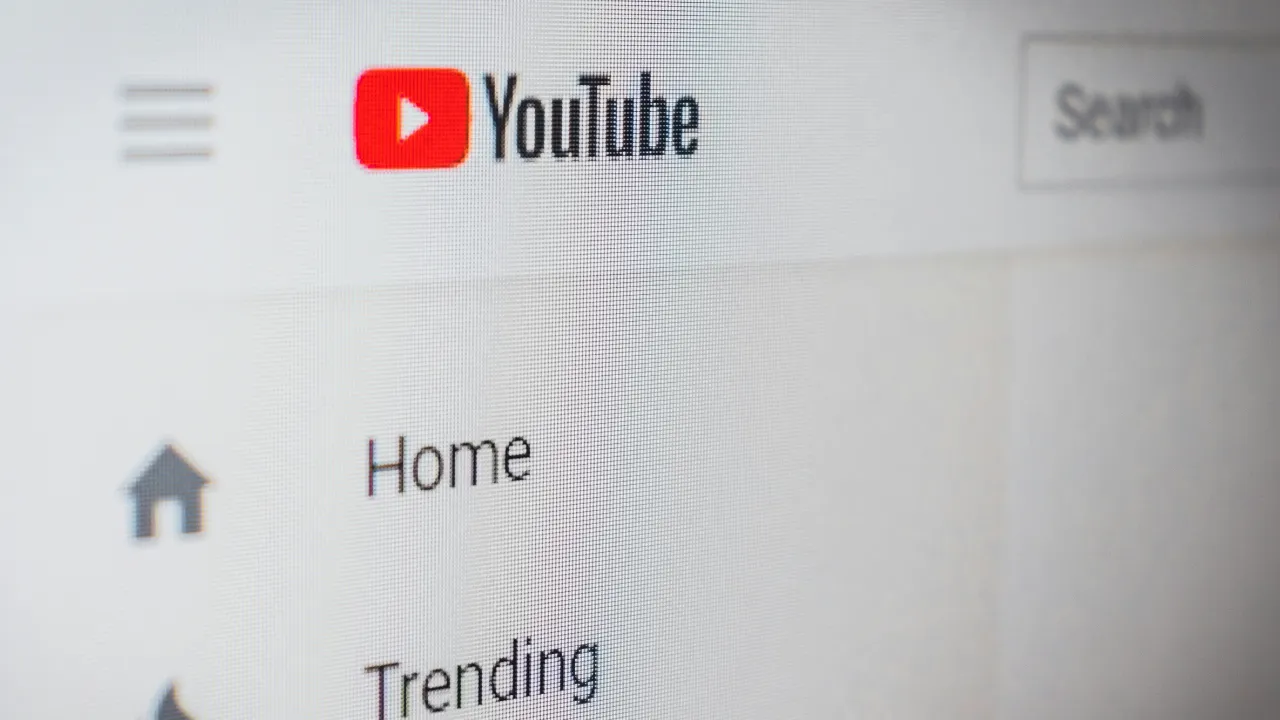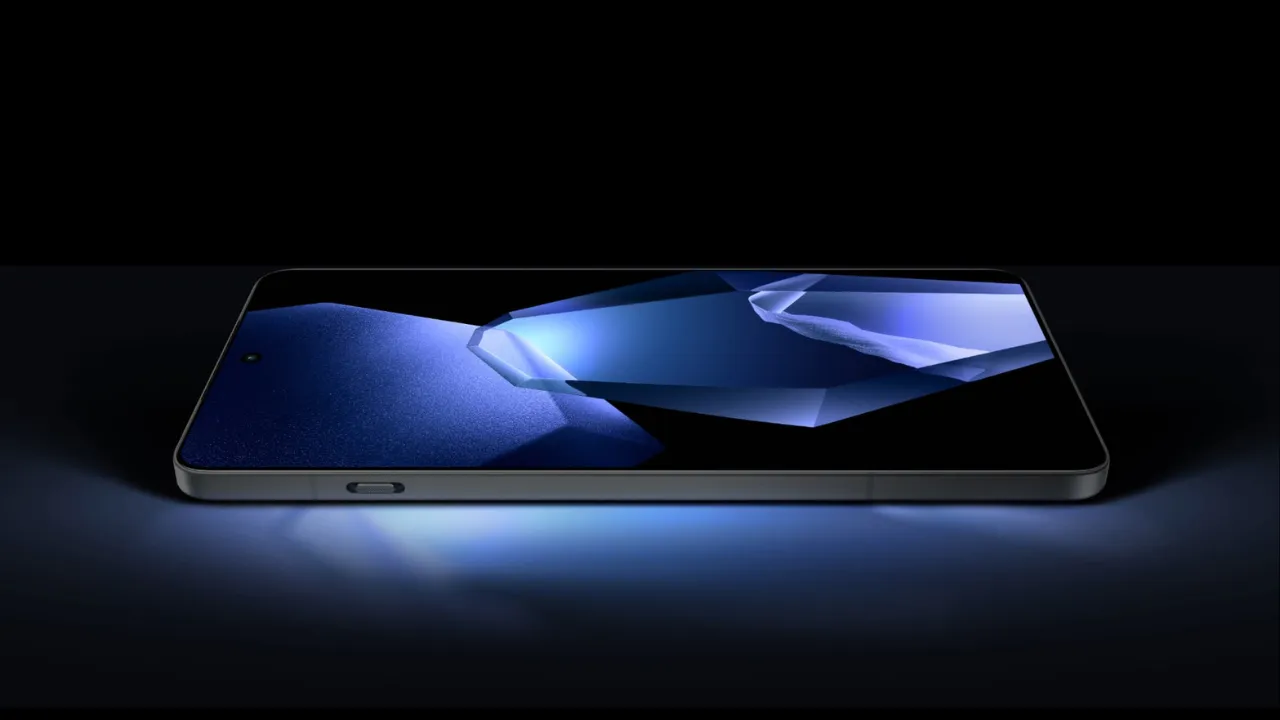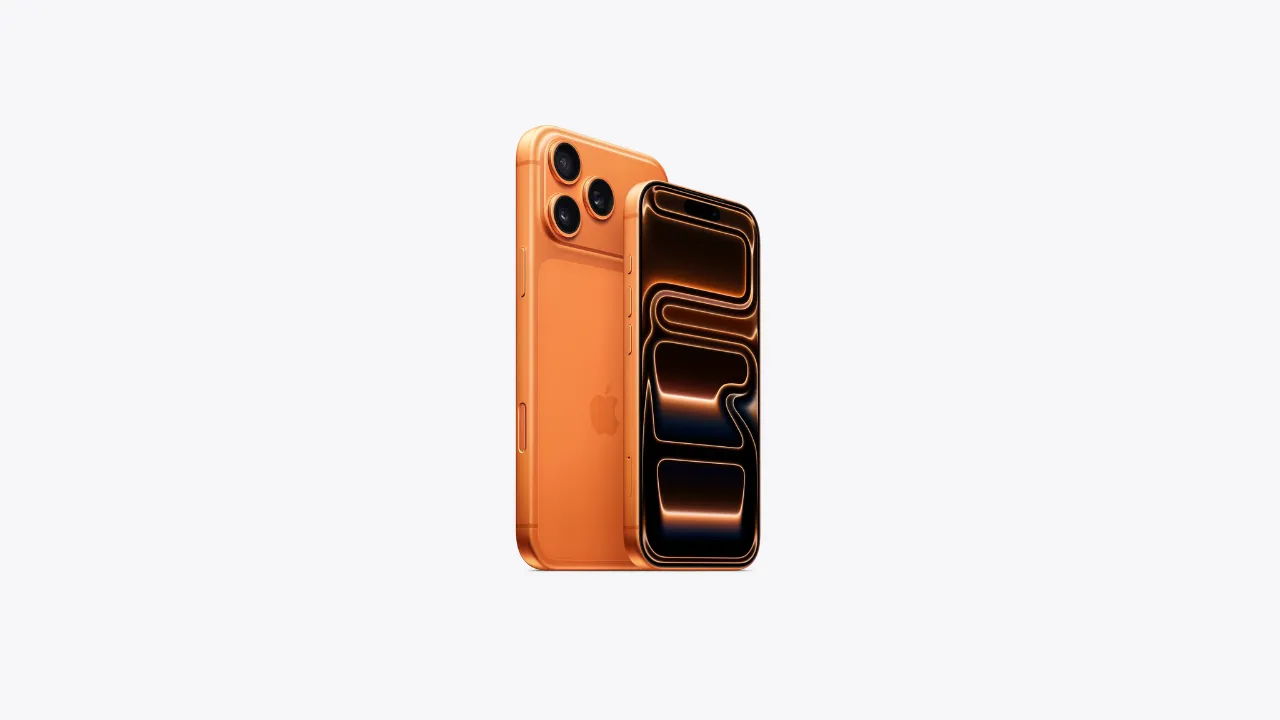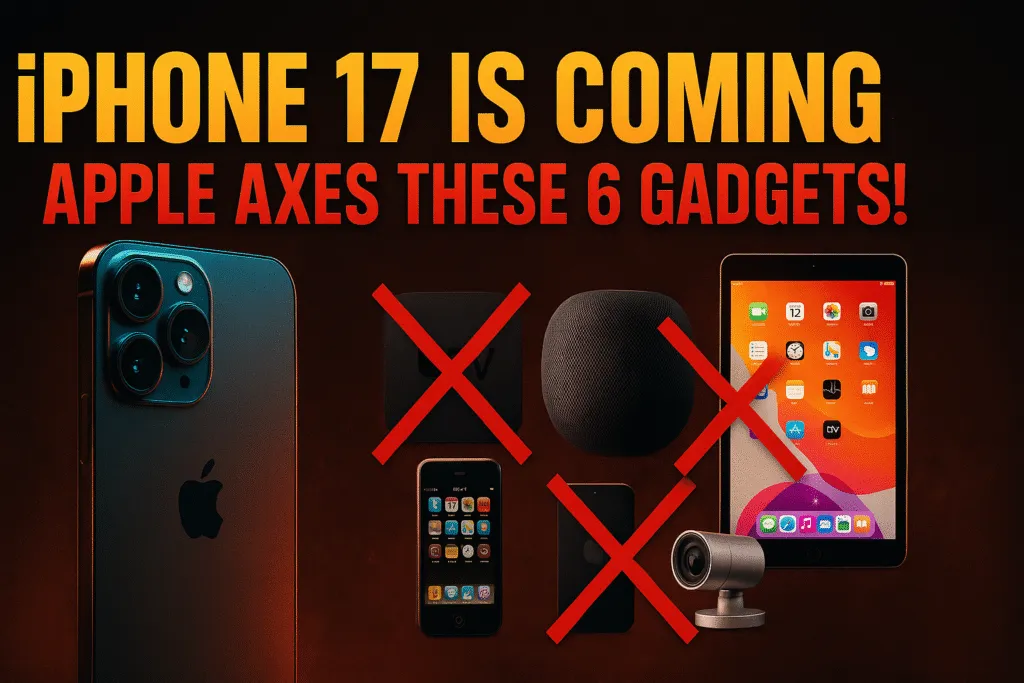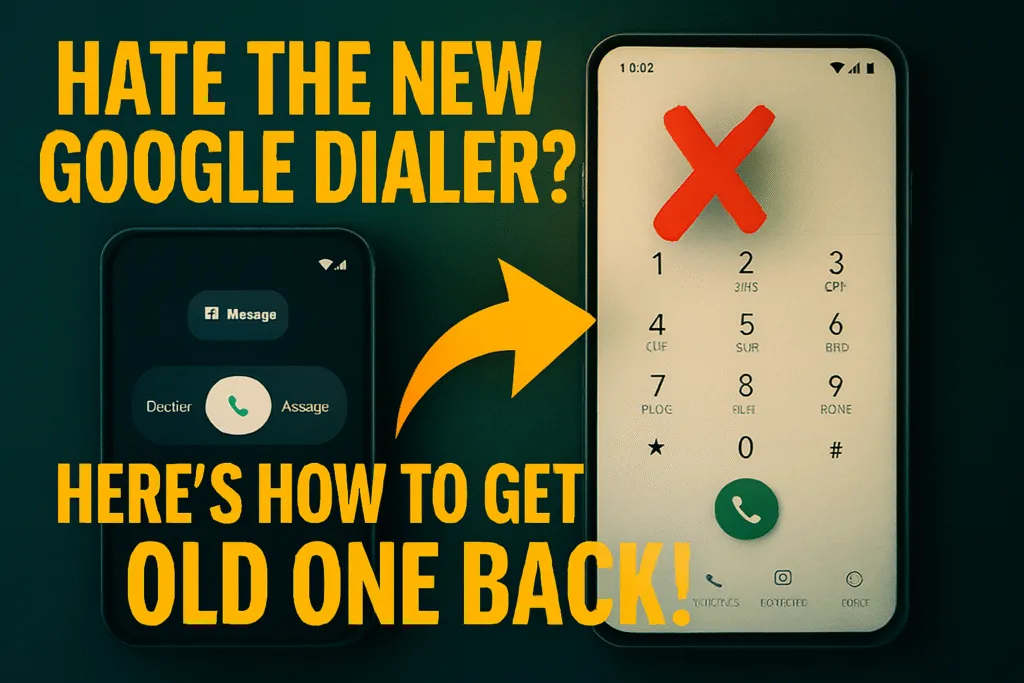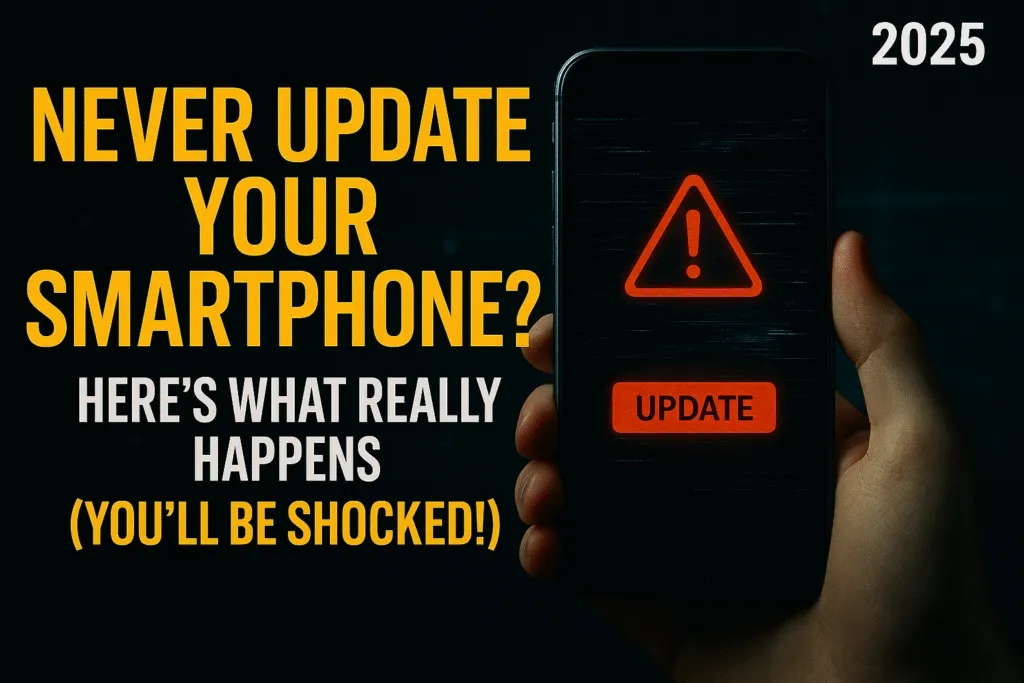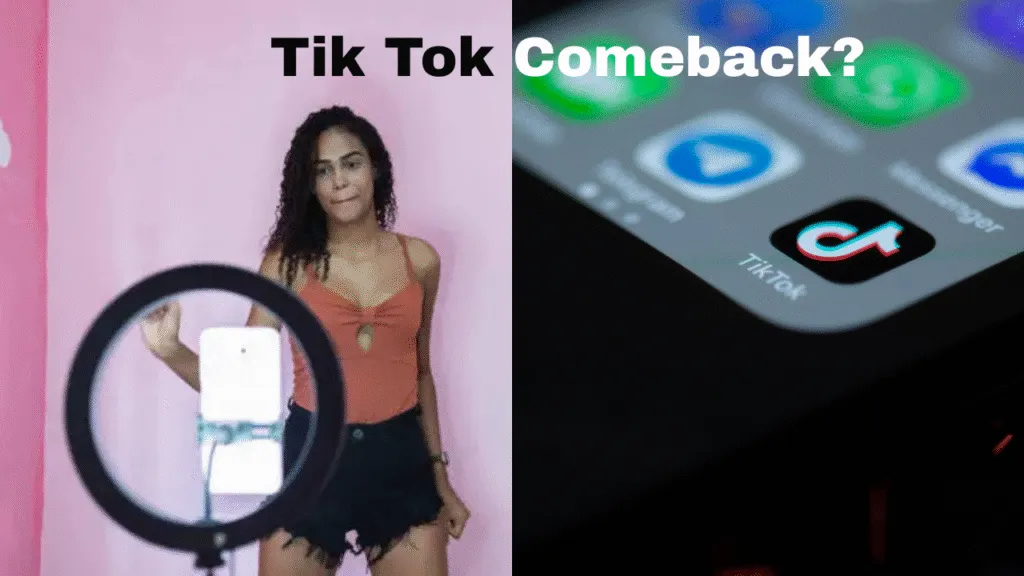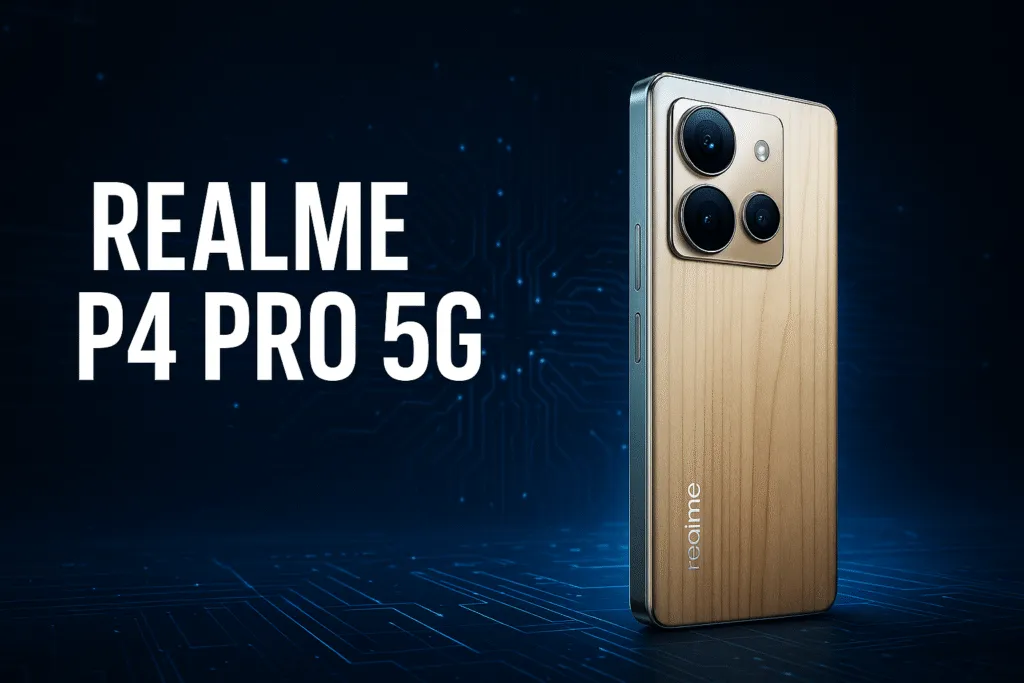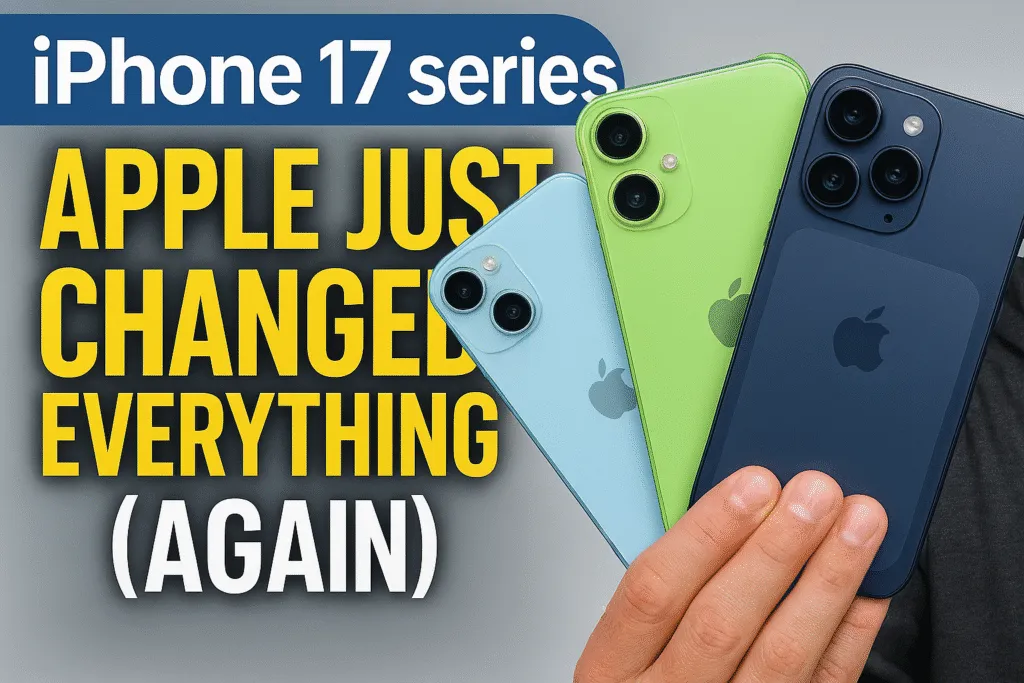Introduction – What to Expect in 2026 Tech
As we step into the new year, the world of technology is buzzing with innovation and anticipation. From smarter AI to next-gen connectivity, 2026 promises to be a transformative year. If you’re a tech enthusiast, entrepreneur, or just someone curious about what’s next, this is the perfect time to explore the top tech predictions that will shape our lives in the coming months.
One of the biggest shifts we’re likely to see in 2026 is the deeper integration of artificial intelligence into everyday tasks. From personalized assistants that understand your habits to businesses automating complex processes, AI will no longer be just a buzzword—it will be a daily utility. Alongside this, expect faster and more efficient connectivity, with 6G trials starting to show real-world potential.
Another key area of focus will be immersive experiences. Augmented reality (AR) and virtual reality (VR) are set to grow beyond gaming and entertainment, entering sectors like education, healthcare, and remote work. Sustainability will also dominate the headlines, as companies push for greener alternatives in hardware, data centers, and energy consumption.
This year, tech predictions aren’t just about gadgets—they’re about how technology will impact our lifestyle, security, health, and even the planet. The gap between science fiction and reality is closing faster than ever, and 2026 could be the tipping point.
Whether you follow tech trends for fun or rely on them for business strategy, staying ahead of these developments can give you a competitive edge. In this blog, we’ll break down the most exciting innovations and what they mean for you. So let’s dive into the future and discover which tech predictions are worth watching in 2026.
AI Everywhere – Smarter Homes, Smarter Work
In 2026, artificial intelligence won’t just be a tool—it will become the backbone of how we live and work. One of the strongest tech predictions this year is the rise of AI in everyday environments, from smart homes to intelligent workplaces. AI is moving beyond virtual assistants and evolving into systems that learn, adapt, and anticipate your needs with remarkable accuracy.
In homes, AI will power everything from climate control to energy management. Smart appliances will sync with your daily routine, automatically adjusting lighting, temperature, and even grocery lists. Security systems will use facial and behavior recognition to enhance protection, while voice-controlled devices will become more conversational and capable of handling complex tasks. Your home won’t just be smart—it will be intuitive.
The workplace will undergo an equally impressive transformation. AI-powered tools will streamline communication, automate repetitive tasks, and help employees focus on creative and strategic work. From scheduling meetings to analyzing customer data in real time, AI will help businesses make faster, data-driven decisions. Even remote work will benefit from AI, with tools that improve productivity, manage workflows, and personalize virtual collaboration.
What sets 2026 apart is how seamlessly AI will blend into both personal and professional spaces. These aren’t just upgrades—they’re fundamental changes in how we interact with technology. As these systems become more adaptive and accessible, the gap between human behavior and machine response will shrink dramatically.
If there’s one trend you should watch closely this year, it’s the expansion of AI across every aspect of life. Among all the tech predictions for 2026, this is the one likely to redefine convenience, efficiency, and productivity on a global scale.
Rise of Generative AI in Daily Life
Among the most impactful tech predictions for 2026 is the mainstream rise of generative AI in our daily routines. Once limited to tech labs and creative studios, generative AI is now becoming a powerful tool for everyday users—reshaping how we work, learn, and express ourselves.
From writing emails and creating presentations to generating custom images and videos, generative AI will soon be as common as search engines. Professionals in marketing, education, and content creation are already leveraging tools like ChatGPT, DALL·E, and other AI models to boost productivity and creativity. In 2026, expect these tools to become smarter, faster, and more personalized.
In education, generative AI will assist students with real-time tutoring, language translation, and interactive learning experiences tailored to individual needs. For families, AI-powered apps will help plan meals, generate shopping lists, or even suggest personalized fitness routines. Creators will use AI to produce music, art, and stories with minimal technical skills, making creativity more accessible to everyone.
What makes this shift so significant is how natural it’s becoming to interact with machines that generate human-like content. As AI becomes more context-aware, the outputs will feel less robotic and more aligned with our tone, style, and intent. This isn’t just about convenience—it’s about enhancing human potential.
The rise of generative AI in daily life marks a new chapter in how we collaborate with technology. It’s no longer just about automation; it’s about co-creation. As this trend grows in 2026, the boundary between human input and AI output will continue to blur, making this one of the most transformative tech predictions of the year.
6G Development and Global Trials
One of the most exciting tech predictions for 2026 is the rapid development and early global trials of 6G technology. While 5G is still expanding across many parts of the world, the race for 6G has already begun, and this year, we’ll start seeing real progress toward its deployment. Countries like the US, China, South Korea, and members of the EU are investing heavily in 6G research, aiming to set global standards and lead the next phase of ultra-fast connectivity.
So, what does 6G promise? Imagine download speeds up to 100 times faster than 5G, with latency so low it feels instant. This next-gen network isn’t just about speed—it’s about enabling futuristic tech like holographic communication, real-time remote surgeries, autonomous transportation systems, and ultra-immersive virtual environments. For industries, it means more reliable machine-to-machine communication, massive IoT expansion, and AI-driven operations running in near real time.
In 2026, we can expect pilot programs and field tests to roll out in major tech hubs. Telecom companies and governments will collaborate on spectrum allocation, infrastructure upgrades, and use-case demonstrations. While commercial 6G for everyday users might still be a few years away, the foundation will be laid this year.
For tech enthusiasts and businesses alike, keeping an eye on 6G trials is crucial. These early developments will define not only how we connect but also how we innovate in the future. Among all tech predictions for 2026, the advancement of 6G stands out as a game-changer with the power to reshape digital communication on a global scale.
AR & VR: A New Era of Immersive Tech
As we move deeper into 2026, one of the most anticipated tech predictions is the explosive growth of augmented reality (AR) and virtual reality (VR). No longer limited to gaming or novelty experiences, AR and VR are now setting the stage for a new era of immersive technology that will influence how we learn, shop, work, and interact.
AR is becoming more accessible through smartphones and smart glasses, overlaying useful information in real-world settings. From trying out clothes virtually to visualizing furniture in your home before buying, AR is revolutionizing the shopping experience. In industries like healthcare and manufacturing, AR is improving precision, training, and real-time support in ways that were unthinkable just a few years ago.
VR is also making huge strides, especially with new headsets offering lighter designs, better displays, and more powerful processors. In 2026, VR will extend far beyond entertainment. Classrooms will become virtual campuses, allowing students from across the world to collaborate in shared 3D environments. Workspaces will turn into virtual offices where teams meet, brainstorm, and present in lifelike virtual rooms. Even therapy and wellness programs will use VR to treat anxiety, PTSD, and stress.
The lines between the digital and physical worlds are blurring fast, and 2026 will be the year immersive tech starts becoming mainstream. With big tech companies heavily investing in mixed reality ecosystems, we’re on the verge of a significant shift in human-computer interaction.
Among all tech predictions this year, the rise of AR and VR stands out for its potential to redefine everyday experiences. Whether it’s education, retail, remote work, or entertainment, immersive technology is no longer a luxury—it’s becoming a necessity.
Smart Wearables with Health-First Focus
One of the most meaningful tech predictions for 2026 is the shift of smart wearables toward a strong health-first approach. While wearables like fitness bands and smartwatches have been popular for tracking steps and heart rates, the next generation of devices will go far beyond basic fitness metrics. In 2026, smart wearables will evolve into personal health monitors, offering real-time insights that can actually prevent health issues before they become serious.
From continuous glucose monitors for diabetics to non-invasive blood pressure and hydration trackers, wearables will act as early-warning systems for chronic conditions. These devices will not only collect data but also analyze it using AI to detect abnormal patterns and suggest actionable steps. Sleep tracking will get smarter, with wearables helping improve sleep quality based on detailed analysis of sleep cycles, oxygen levels, and stress markers.
Another major advancement will be the integration of mental health tracking. Smart wearables in 2026 are expected to monitor stress levels through skin temperature, heart rate variability, and even voice tone analysis. Paired with AI-powered apps, they will provide breathing exercises, mindfulness tips, and personalized mental wellness support throughout the day.
As healthcare becomes more data-driven, these wearables will sync with telemedicine platforms, allowing doctors to access live health stats and provide remote consultations. Insurance providers and employers may also incentivize healthy habits by integrating wearable data into wellness programs.
The future of wearables is not just about being tech-savvy—it’s about staying healthy. In 2026, the health-first focus of smart wearables will redefine how individuals take control of their well-being. Among this year’s tech predictions, this is one trend that promises real-world impact on our quality of life and long-term health.
Quantum Computing: Big Leaps Ahead
Among the boldest tech predictions for 2026 is the accelerated progress in quantum computing. What was once a theoretical dream is quickly becoming a practical reality, with major breakthroughs expected this year. Tech giants and startups alike are racing to develop quantum systems that can solve problems far beyond the reach of classical computers.
Quantum computing uses qubits instead of traditional bits, allowing it to process complex data sets exponentially faster. In 2026, we’re likely to see quantum processors with increased stability and scalability, thanks to advancements in error correction and hardware design. While we’re still in the early stages of mainstream adoption, the leaps being made this year could open the door to solving real-world problems in seconds—tasks that would take traditional supercomputers years.
Industries like pharmaceuticals, finance, logistics, and climate science will be among the first to benefit. From discovering new materials and drugs to optimizing global supply chains and forecasting climate changes with greater precision, quantum computing has the power to reshape the foundation of innovation.
What makes this development so significant is that companies are now moving from theoretical models to practical testing. In 2026, expect more collaborations between governments, universities, and tech firms to explore secure applications of quantum tech and even quantum-resistant encryption methods. Tech giants like IBM are leading efforts to make quantum computing practical..
While consumer-level quantum devices are still years away, the momentum in 2026 signals that we’re entering the early phase of a computing revolution. This is no longer just science fiction—it’s a frontier being explored today. As one of the most promising tech predictions of the year, quantum computing holds the potential to unlock solutions to some of humanity’s biggest challenges.
Blockchain Beyond Crypto
When most people hear “blockchain,” they still think of cryptocurrency. But in 2026, one of the most important tech predictions is the expansion of blockchain far beyond Bitcoin and financial tokens. This year, blockchain is expected to become a core technology powering transparency, security, and efficiency across multiple industries.
Supply chain management is one of the most promising areas for blockchain adoption. By offering a secure, immutable record of every transaction or movement, blockchain can ensure product authenticity, reduce fraud, and streamline logistics. Whether it’s tracking food from farm to table or verifying the origin of luxury goods, blockchain adds a layer of trust that traditional databases can’t match.
In healthcare, blockchain is being explored for secure and decentralized management of patient records. With the rise of digital health data, ensuring privacy and integrity has become more important than ever. Blockchain allows patients to control access to their own data while giving doctors and hospitals instant, reliable access to verified records.
Governments are also getting involved. In 2026, we’ll see more countries testing blockchain for digital identities, land ownership records, and transparent voting systems. These applications aim to reduce corruption, eliminate data tampering, and improve public trust in digital governance.
Even in entertainment and media, blockchain is revolutionizing copyright protection and royalty payments. Artists and content creators can use smart contracts to get paid instantly when their work is used or shared.
As blockchain technology matures, its use cases are shifting from hype to real-world impact. In 2026, blockchain will prove it’s not just about digital currencies—it’s about building a more secure, decentralized, and trustworthy digital ecosystem. Among all tech predictions this year, the evolution of blockchain beyond crypto stands out as a quiet revolution with long-term potential.
The Future of Electric Vehicles (EVs) in 2026
The electric vehicle revolution is gaining serious momentum, and one of the strongest tech predictions for 2026 is the major leap forward in EV technology, adoption, and infrastructure. As climate concerns and fuel costs continue to push consumers and governments toward greener alternatives, EVs are no longer a luxury—they’re becoming the new normal.
In 2026, we can expect to see electric vehicles with longer battery ranges, faster charging times, and more affordable price tags. Solid-state battery technology is advancing rapidly, promising better energy density and safety compared to traditional lithium-ion batteries. Many automakers are preparing to launch EVs that can travel over 800 km on a single charge, eliminating range anxiety for most drivers.
Charging infrastructure is also seeing rapid expansion. Ultra-fast chargers and wireless charging stations will become more common in urban areas and along highways. Governments in India, Europe, the US, and China are investing heavily in public EV networks, offering incentives to accelerate the transition from internal combustion engines to electric power.
Another major development is the integration of AI and connectivity in EVs. Smart EVs in 2026 will offer advanced driver assistance, real-time diagnostics, and predictive maintenance, making driving safer and more efficient. Vehicle-to-grid (V2G) technology will also begin to play a bigger role, allowing EVs to feed energy back into the power grid during peak demand.
The EV market is no longer limited to sedans and SUVs. Electric bikes, scooters, trucks, and even buses are gaining traction, making clean mobility accessible to everyone.
As environmental regulations tighten and battery tech improves, the future of electric vehicles in 2026 looks more promising than ever. This tech prediction is more than a trend—it’s a shift that will define the next decade of transportation.
Green Tech & Sustainable Innovations
In 2026, one of the most impactful tech predictions is the continued rise of green technology and sustainable innovations across every major industry. As the effects of climate change become more visible, both consumers and businesses are prioritizing eco-friendly solutions that reduce carbon footprints and promote long-term environmental health.
This year, expect major breakthroughs in clean energy technologies. Solar panels are becoming more efficient and affordable, while advancements in wind and hydro power are enabling smarter energy grids. Battery storage systems, powered by AI, are helping manage renewable energy supply and demand more effectively, making green energy more reliable and scalable than ever.
Sustainable innovations in manufacturing are also taking center stage. Companies are moving toward carbon-neutral factories, using recycled materials, biodegradable packaging, and circular production models to reduce waste. 3D printing is enabling local, on-demand production, cutting down transportation emissions and material usage.
Smart cities will play a key role in the green tech movement. From energy-efficient buildings and electric public transport to smart water management systems, urban areas are being redesigned with sustainability in mind. IoT sensors and data analytics are helping cities monitor pollution, traffic, and energy use in real time to make eco-conscious decisions.
Consumer tech is also going green. In 2026, you’ll see more gadgets designed with recyclable parts, longer life cycles, and energy-saving modes as standard features. Even data centers, which power our digital world, are shifting to renewable energy and low-power hardware.
Among this year’s top tech predictions, green tech is not just a trend—it’s a necessity. These innovations are laying the groundwork for a cleaner, more sustainable future, proving that technology and environmental responsibility can go hand in hand.
Cybersecurity Trends – New Threats, New Defenses
As digital transformation accelerates, one of the most crucial tech predictions for 2026 is the evolution of cybersecurity to counter more advanced and unpredictable threats. With AI, IoT, and cloud systems deeply integrated into our lives, the risk of cyberattacks has grown significantly. In 2026, cybersecurity will shift from being a back-end concern to a front-line priority for individuals, businesses, and governments alike.
Cybercriminals are becoming more sophisticated, using AI and deepfake technology to create highly convincing phishing scams, identity theft schemes, and social engineering attacks. Ransomware will continue to be a major threat, but attackers will now target critical infrastructure, smart homes, EV networks, and even wearables. The expansion of connected devices means that every endpoint becomes a potential entry point for hackers.
In response, cybersecurity defenses are also evolving. AI-driven threat detection will become more proactive, identifying unusual behavior and stopping breaches before they happen. Zero-trust architecture—where no user or device is trusted by default—will become standard across organizations, ensuring tighter control over data access and movement.
Biometric authentication, such as facial recognition and fingerprint scanning, will be used more widely across apps, websites, and physical devices. Additionally, the rise of quantum computing has prompted the development of quantum-resistant encryption, ensuring data remains secure in a post-quantum world.
Cyber insurance and compliance will also see major updates, with stricter regulations requiring businesses to implement transparent security protocols and regular audits. For everyday users, tools like personal VPNs, password managers, and real-time security alerts will become essential.
In 2026, cybersecurity is no longer just a technical topic—it’s a daily concern with real-world consequences. Among all tech predictions this year, the battle between digital threats and advanced defenses will be one of the most dynamic and important to watch.
Conclusion – Embracing the Tech Future in 2026
As we look ahead, one thing is clear—2026 is not just another year for technology, it’s a defining chapter in how we live, work, and connect. From smarter homes powered by AI to the expanding world of electric vehicles and green tech, this year’s top tech predictions show that innovation is becoming more personal, more sustainable, and more integrated into everyday life.
What stands out in 2026 is the speed of adoption and the shift in mindset. Technology is no longer confined to devices and software—it’s embedded in health, education, transport, entertainment, and even our approach to the environment. Generative AI is helping individuals and businesses create like never before, quantum computing is solving problems once thought impossible, and cybersecurity is evolving to protect a more connected world.
More importantly, these innovations are not just for tech experts or large enterprises. With user-friendly designs, better affordability, and government support, advanced technologies are reaching more people than ever before. The future is becoming accessible—and that’s a powerful transformation.
If there’s one takeaway from these tech predictions, it’s that 2026 is a year to stay curious, stay informed, and stay ready. Whether you’re a developer, creator, entrepreneur, or consumer, this is the time to embrace technology not just as a tool, but as a partner in shaping a better, smarter future.
The pace of change can be overwhelming, but it also brings limitless opportunities. Those who understand and adapt to these emerging trends will be best positioned to thrive in the years ahead.
Also Read: Android Auto vs Apple CarPlay: Shocking Facts 2025
FAQs – What You Should Know About Tech in 2026
Q1. What are the top tech trends in 2026?
Some of the biggest tech trends in 2026 include the rise of generative AI, expansion of smart wearables with health-first features, 6G development trials, green technology innovations, and rapid adoption of immersive tech like AR and VR.
Q2. Is AI going to replace human jobs in 2026?
AI will automate repetitive tasks, but it’s also creating new job roles in data science, machine learning, AI training, and ethical tech development. The focus in 2026 is on collaboration between humans and machines—not replacement.
Q3. How close are we to fully self-driving electric vehicles?
While fully autonomous EVs are still being tested, 2026 will see major improvements in driver-assist technologies and smart navigation. EV adoption is growing fast, and AI-powered features are becoming more advanced and reliable.
Q4. Will 6G be available for everyone in 2026?
Not yet. In 2026, 6G will be in the trial phase in select regions. Full-scale commercial rollout is expected closer to 2030, but the foundations and testing in 2026 will be critical.
Q5. Are smart wearables safe for daily health monitoring?
Yes, most modern wearables in 2026 meet international health and safety standards. They offer accurate data and work well with health apps and telemedicine platforms to support proactive wellness.
Q6. How is quantum computing relevant to me as a regular user?
You may not use quantum computers directly, but the breakthroughs they enable—like better medicine, faster logistics, and smarter AI—will impact your life through better products and services.
Q7. Why is blockchain important beyond crypto in 2026?
Blockchain in 2026 is transforming areas like supply chain, digital identity, healthcare records, and voting systems. It’s valued for its transparency, security, and trust—far beyond just cryptocurrency.
